The Roast of Coffee: Effect on Flavor and Aroma
Light Roast of Coffee: Bright, Tangy, and Complex
Light roast preserves the original characteristics of the bean. These beans are roasted until just after the first crack, typically between 350°F to 400°F.
That means you’ll often taste floral, citrus, or fruity notes in a light roast of coffee, flavors that reflect the bean’s growing region, soil type, and processing method.
These roasts have higher acidity, a lighter body, and a crisp finish. For single-origin beans from Ethiopia, Kenya, or Panama, light roasting lets their natural complexity shine.
This roast is also ideal for manual brewing methods like pour-over or Chemex, where subtle flavor profiles can be fully appreciated. Light roasts offer a world of variety for adventurous coffee drinkers looking to explore new dimensions of flavor.
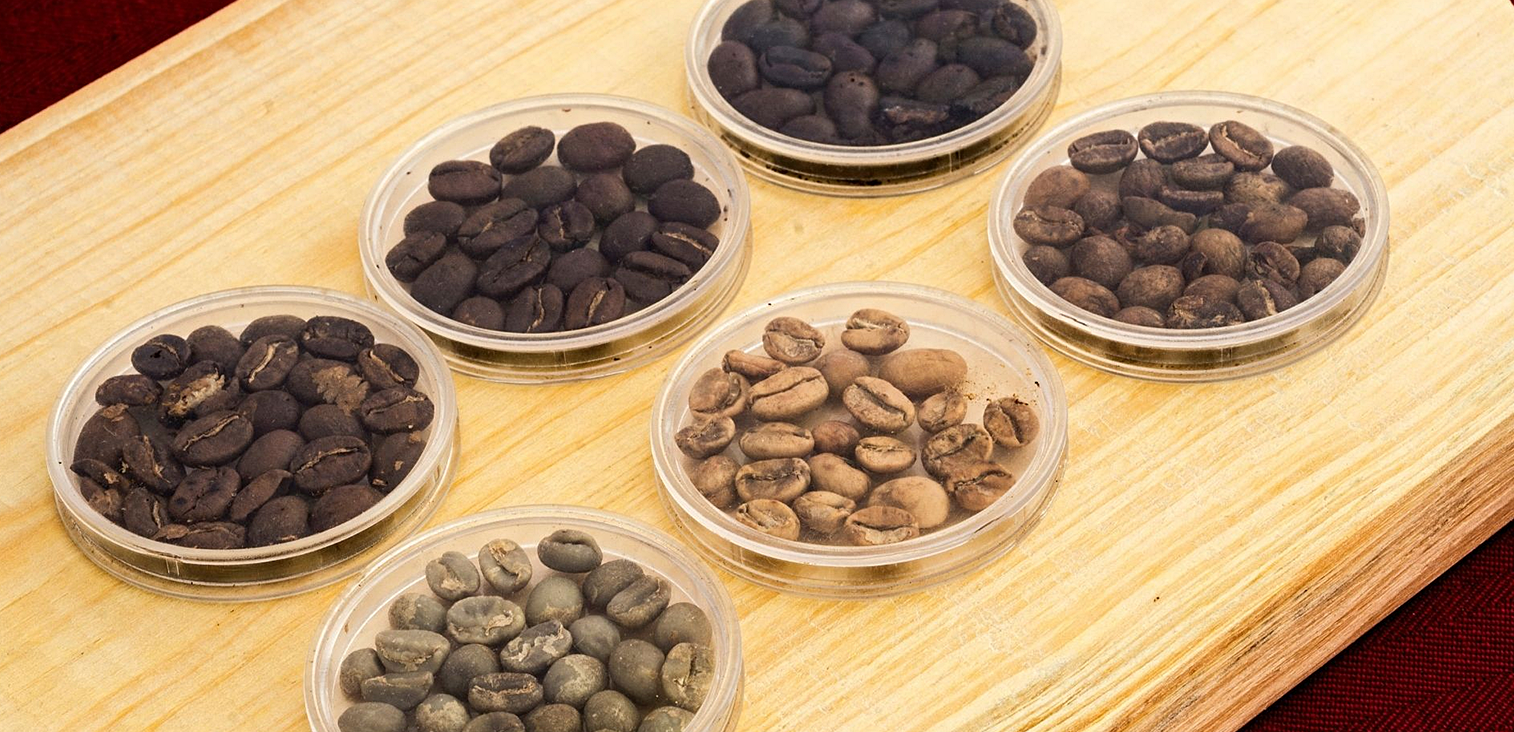
The very soul of your morning cup is the roast of coffee, usually labeled on the bag. Whether you're sipping a bright, tangy light roast or savoring a smoky, rich dark roast, the roasting process determines the flavor, aroma, and body of your coffee.
It's a craft that balances art and science, timing and temperature, with every roast delivering a unique sensory experience.
It affects everything from your brew’s taste to your buying decisions.
The Science Behind the Roast of Coffee
Roasting is where the transformation happens. Green coffee beans are hard, odorless, and grassy. They are heated to temperatures ranging from 350°F to 500°F.
During this process, the beans undergo a series of chemical changes, known as the Maillard reaction and caramelization, which develop their color, aroma, and flavor.
As beans absorb heat, they dry out, crack open (like popcorn), and change color from green to yellow to brown.
The first crack marks the beginning of light roasts, while the second crack usually signals a transition into darker roasts. The duration between these cracks and whether the roaster stops or pushes further defines the roast profile.
The roast of coffee is about temperature, precision, consistency, and understanding how every second impacts the final cup. A few degrees too much or too little, and the flavor can go from fruity and vibrant to burnt and bitter.
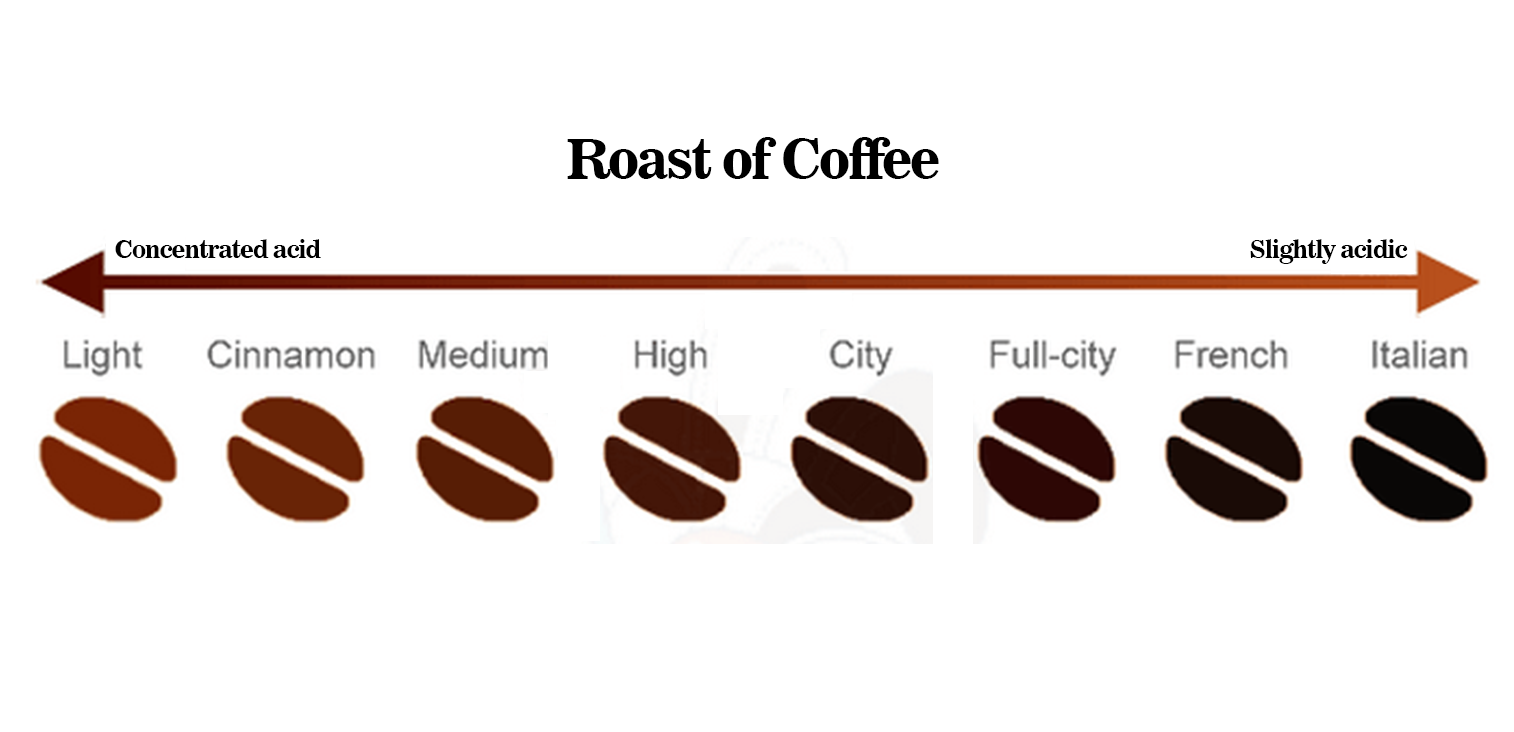
Medium Roast of Coffee
The medium roast of coffee offers the sweet spot between brightness and richness. Roasted to temperatures around 410°F to 430°F, right after the first crack and right before the second. This profile delivers a balanced cup with both acidity and body.
Medium roasts are often described as smooth, sweet, and well-rounded. You’ll still get a touch of the bean’s original flavor, but with enhanced caramel, nutty, and chocolate notes from the roasting process. This makes them a favorite among a broad range of coffee drinkers.
Medium roasts perform well across all brewing methods, from drip coffee machines to French presses. They’re also a popular choice for breakfast blends and house coffees due to their crowd-pleasing nature.
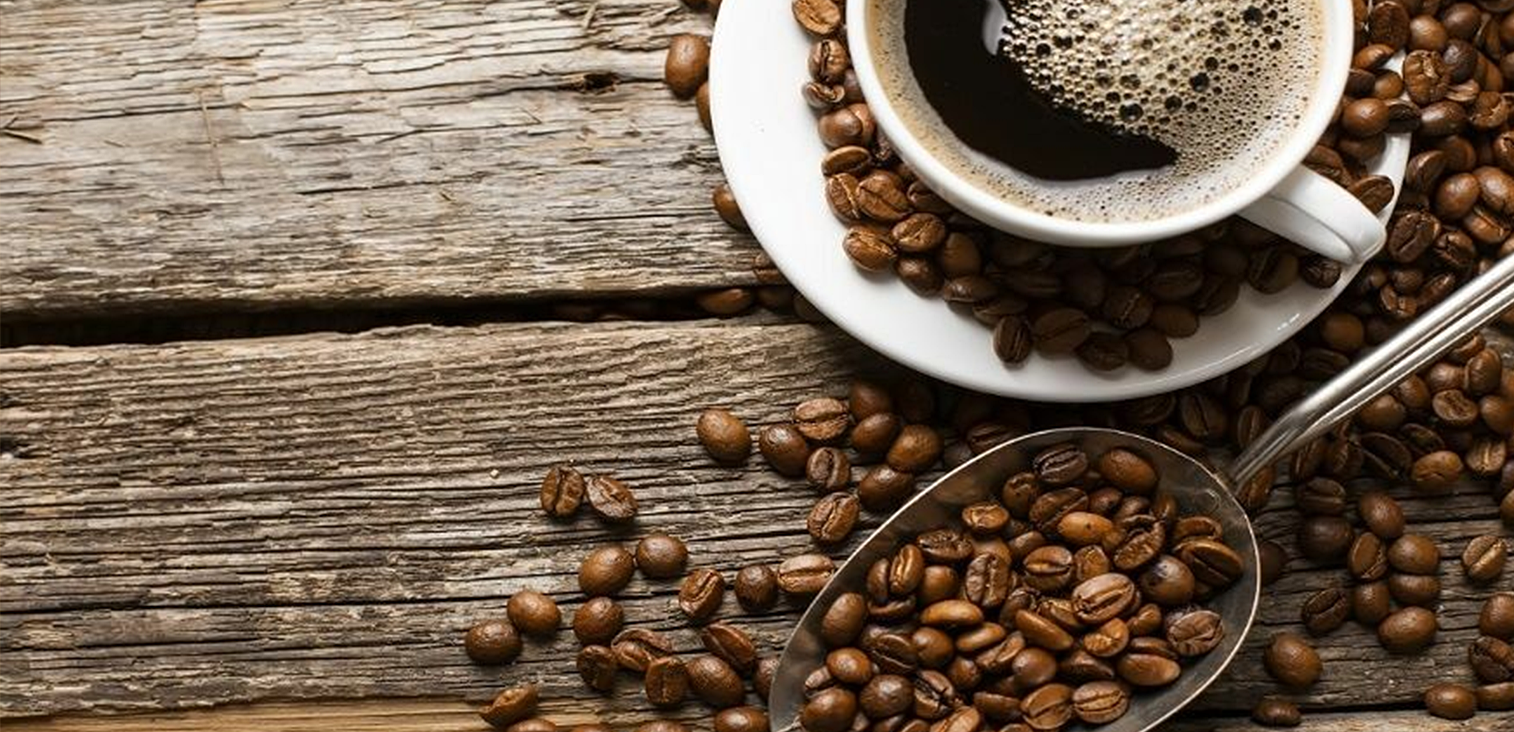
Dark Roast of Coffee: Bold, Intense, and Smoky
Dark roasts are bold and robust, roasted to temperatures around 440°F to 465°F. Here, the bean’s surface starts to shine with oil, and the roast character begins to dominate the cup.
Instead of tasting the coffee’s origin, you taste the roast, a dark chocolate, molasses, burnt sugar, and a smoky, sometimes spicy finish.
The dark roast of coffee has a fuller body and a low to medium acidity level, making it ideal for those who like a rich and intense brew.
These roasts are often used for espresso blends and traditional European-style coffees. They stand up well to milk and sugar, making them perfect for cappuccinos, lattes, and café au lait.
Roast of Coffee and Caffeine Content
One of the biggest misconceptions is that dark roast has more caffeine than light roast. In reality, the opposite is true.
The longer a coffee bean roasts, the more moisture and caffeine it loses. So, technically, light roast coffee has slightly more caffeine by weight.
However, because dark roasted beans are less dense, you might use more of them by volume. That’s why caffeine content can vary depending on how you measure your coffee, by weight or by scoop.
The difference is minimal, so choose your roast based on flavor.
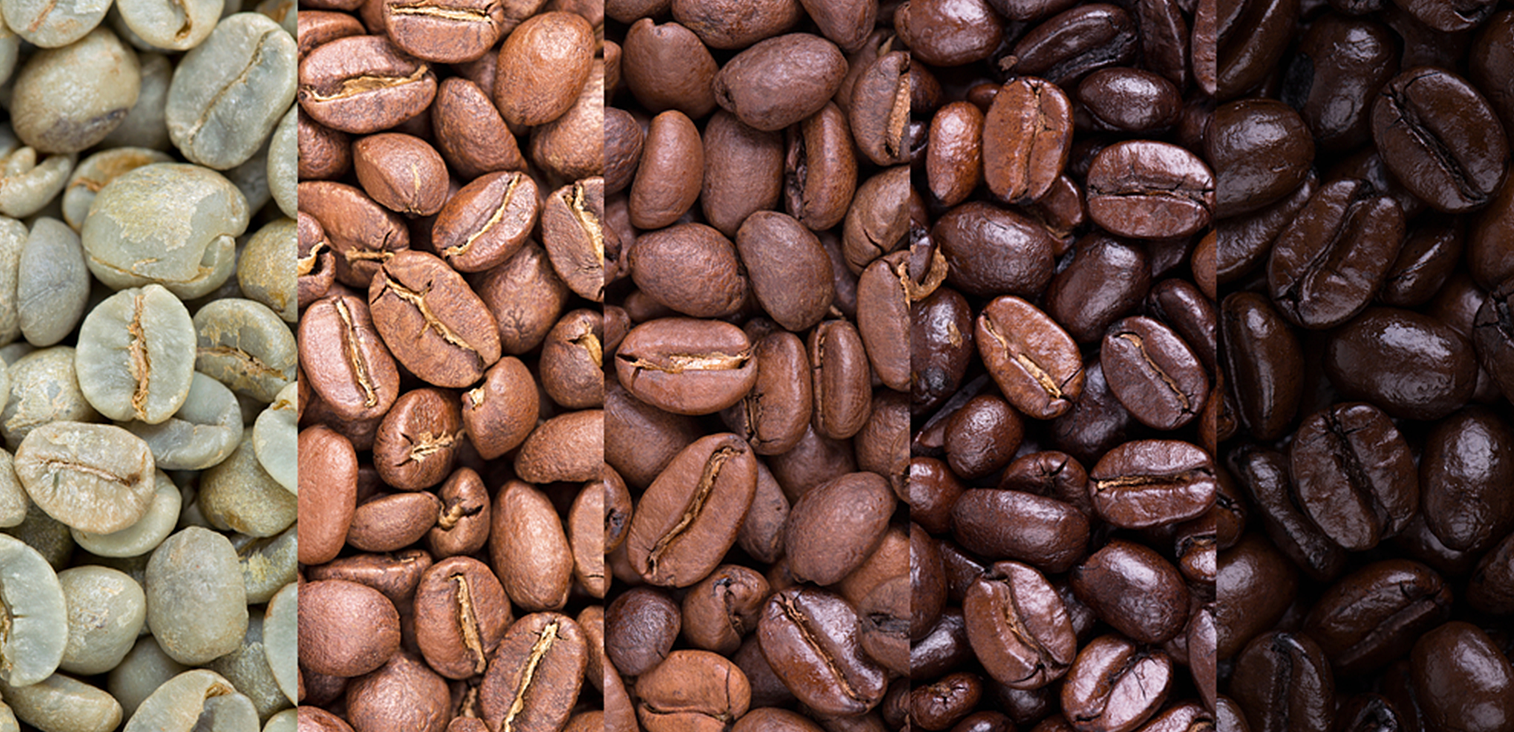
Choosing the Right Roast of Coffee for Your Brew Method
The roast of coffee affects how it extracts, which means choosing the right roast for your method can significantly improve your cup.
•Pour-over/Chemex: Light roasts shine with these slower, more precise methods.
•Drip coffee makers: Medium roasts offer balanced flavor without overpowering acidity.
•Espresso machines: Dark roasts create that rich creme and bold base for espresso drinks.
•French press: Medium to dark roasts work best for the heavier body extraction.
Cold brew: Often made with medium-dark to dark roasts for a smoother, less acidic finish.
Understanding the right pairing can elevate your experience, turning a good cup into a great one.
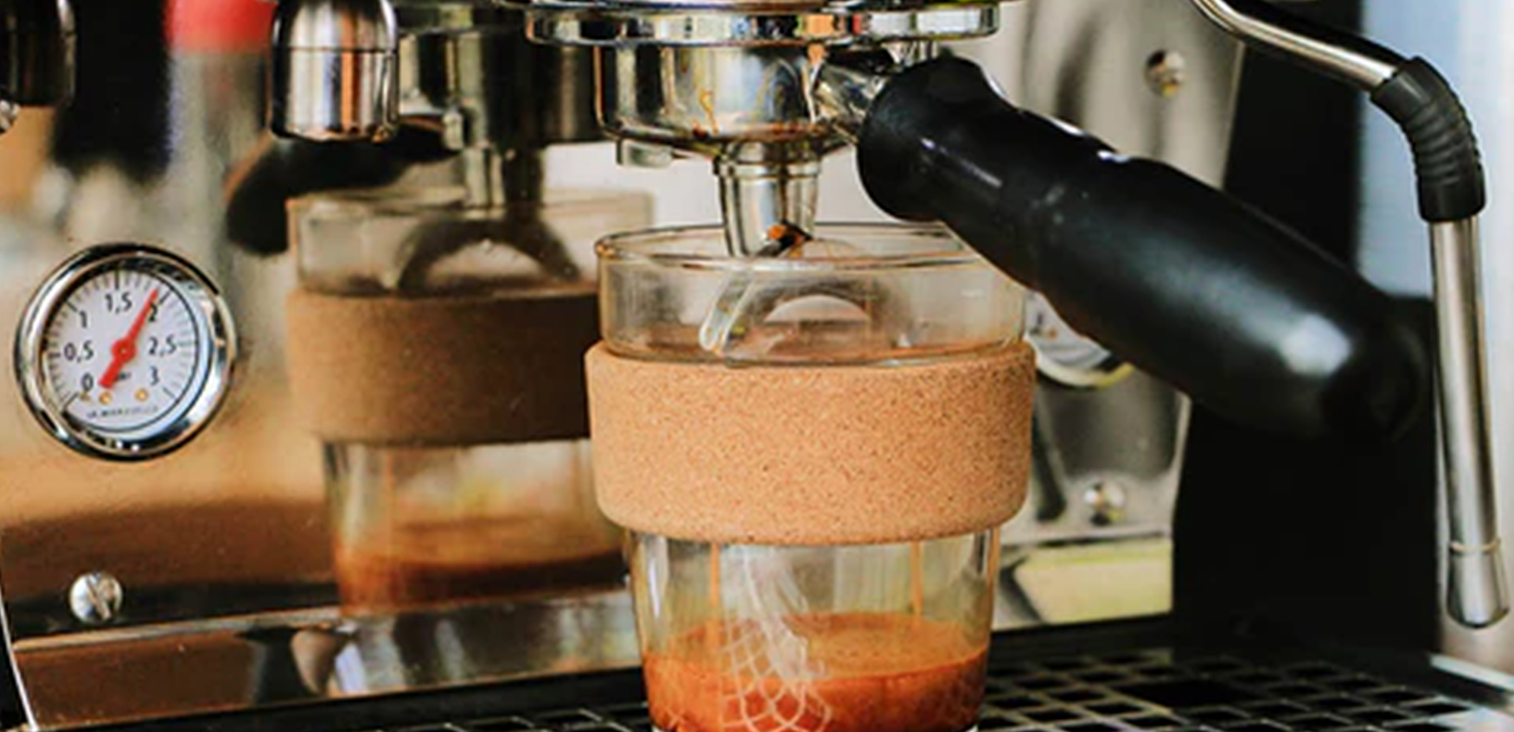

The Roast of Coffee and Role of Packaging in Flavor Preservation
You can roast the perfect bean, but if you don’t store it properly, it won’t stay perfect for long. That’s where the importance of coffee packaging shines through.
YPAK specializes in providing coffee packaging solutions that protect the roast of coffee from oxygen, light, and moisture. Our multi-layer barrier bags and one-way degassing valves keep coffee fresher for longer, preserving the flavor profile exactly as the roaster intended.
Whether it’s a delicate light roast or a powerful dark blend, our packaging ensures your coffee reaches consumers at peak freshness.
You might also be interested in our article about the ideal temperature for coffee.
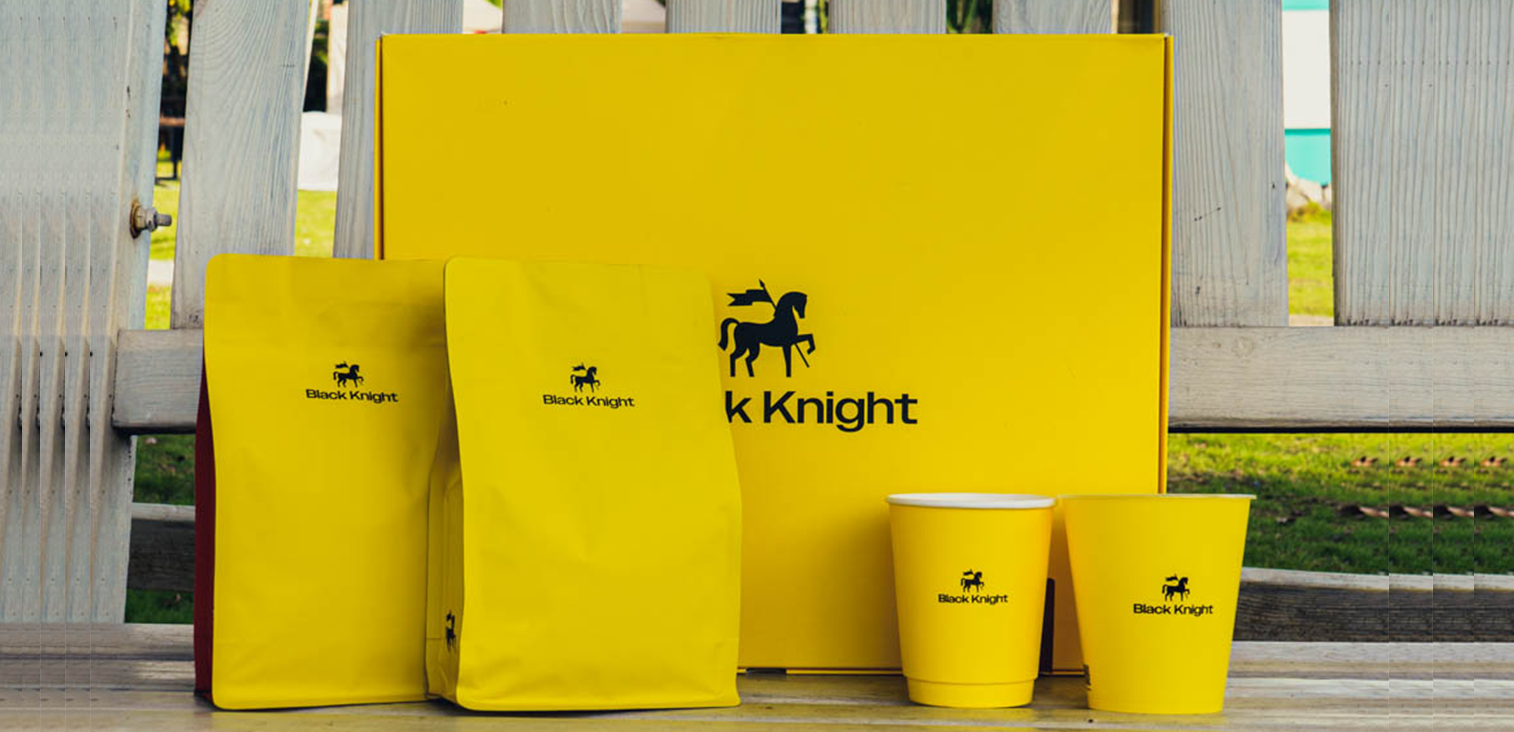
Roast of Coffee and Flavor Profiles
Every roast of coffee delivers a different taste experience. Here’s a quick flavor guide to help you match your palate to your preferred roast:
•Light Roast: Bright, floral, acidic, often fruity with a tea-like body.
•Medium Roast: Balanced, smooth, nutty or chocolatey, moderate acidity.
•Dark Roast: Bold, roasted, smoky, lower acidity with a full body.
Taste is subjective, so the best way to discover your favorite is to try a variety of roasts and origins. Keep a coffee journal or simply note the flavors you enjoy most. Over time, you’ll learn how roast impacts your personal coffee preferences.
The Roast of Coffee Affects How You Enjoy Coffee
Whether you love the brightness of a light roast or the boldness of a dark one, understanding roast levels helps you choose the right roast of coffee and enjoy your coffee more deeply.
Next time you sip your morning brew, take a moment to appreciate the artistry and science behind the roast. Because great coffee starts not just with great beans, but with the perfect roast.
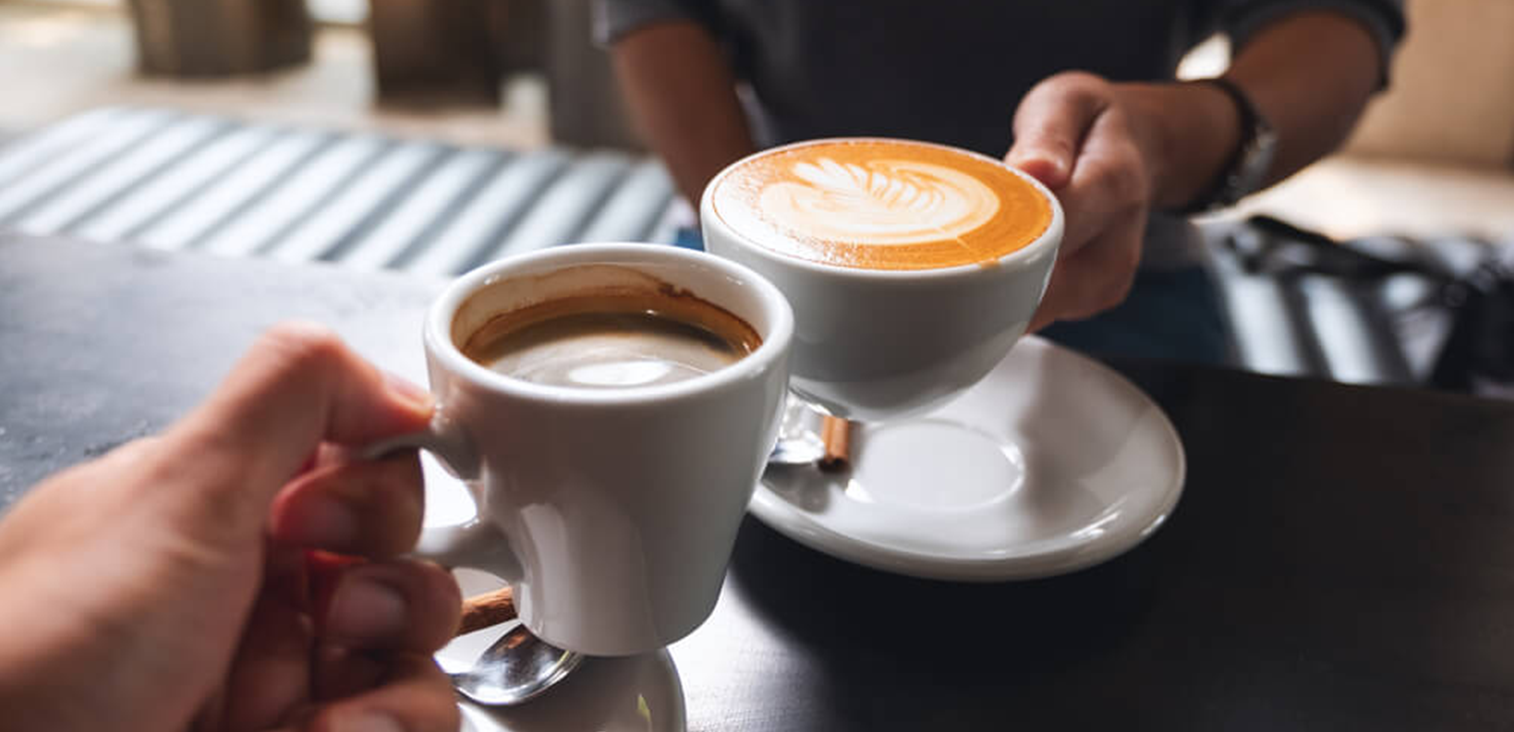
Post time: Jun-17-2025







